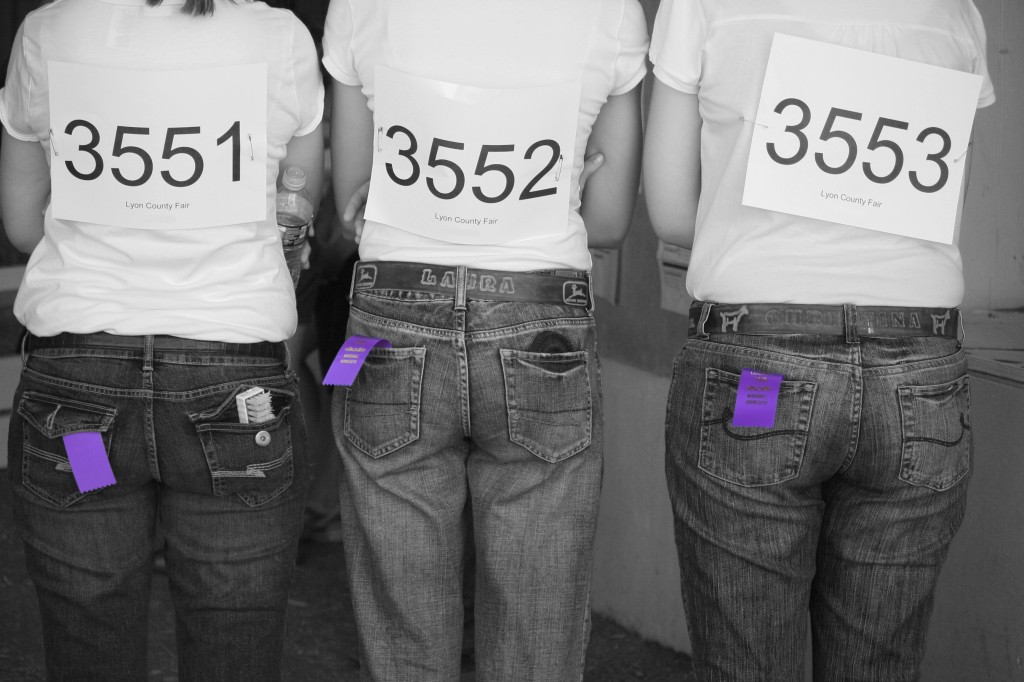We were hit with a blizzard warning this weekend, the first major snow of the season. Our forecast on Friday was for 3-4 inches of snow for the weekend, and no watches or warnings. That changed in a hurry on Saturday. Suddenly, we found ourselves in a winter weather advisory for Saturday night, and a blizzard warning for Sunday. Our 3-4 inches became 15 inches…and a lot of wind. We had wind gusts in excess of 40 mph.
This is one of our little trees on Saturday morning. I ran out in flip flops and a fleece jacket to take this photo since it was a beautiful 34 degrees.

This is what the tree looked like early Sunday morning. It was still snowing pretty good at this point. I wore my snow boots with my fleece jacket this time. The snow was coming in over the tops of my 10 inch boots.

When the winds picked up around 2:00pm, the temps dropped from 34 degrees to 16 degrees in about a half an hour. When trees and power lines are loaded with snow, and the winds kick up to over 40 mph, chances are good we’re going to lose power. The first time the power flashed, both Jonathan and I held our breath. Then, it was lights out. This meant a trip to our other farm site in a whiteout.
Our pigs are housed inside barns where they are warm and dry in the winter, cool and comfy in the summer. They have curtain sides that act like windows in the summer, and, when opened several inches, are emergency ventilation systems in the winter. The barns were built on the farm site where Jonathan and I lived for the first 10 years of our marriage.

When the power goes out, we hook up a generator that attaches to a tractor, keeping the barns running as normal. This means that Jonathan must bundle up and drive the tractor the 2.5 miles to the other farm. The tar roads were somewhat manageable, if he drove slowly enough. The turn onto the gravel road meant that all ditch edges were pretty much invisible. It really made me think about all the stories of people getting turned around in blizzards, and being found miles from home. This is the part where I did a lot of praying!
The kindly neighbor, who lives on the corner where Jonathan turned, said he would check on Jonathan when I called and told him the situation. That was a good thing! Jonathan had gone off the road, and had troubles seeing which direction he needed to go. He finally could make out the edge of the grove at the kindly neighbors, and headed back in that direction. That is where he ended up staying for the night.
Fortunately, the renters in our little house on the barn site were home. The husband agreed to check on the barns, and make sure the automatic curtains dropped for emergency ventilation. The power was out for just over 5 hours…the first time. It stayed on for about 20 minutes before going out for another hour. The last time we lost power was in the middle of the night, for about an hour that time as well. The outside temperatures were in the -14 degree range at that point. Our renter went out to the barns and adjusted the curtains to make sure there was plenty of fresh air, yet the pigs weren’t getting too cold.
This is what we woke up to. A gorgeous December day.

After Jonathan finally made it home, he went to work clearing out our yard with our little cab-less tractor. He cleaned enough snow to get the pickup out of the yard, then went into town to help his sister. After dinner, our friends went over to the other farm site with their big tractor that has a blade on the front. In the summer, this blade is used for pushing silage into piles. In the winter, we hire him to clear snow. When the barn site was cleaned out, they pulled our tractor out of the ditch, then they came over to our home place and cleaned out our yard.

While our yard was being cleaned out, Jonathan was over checking on things at the barn. There were a few things to take care of due to the weather, but thankfully, all the pigs looked good!
We are so thankful that Jonathan had a warm place to stay last night! This was the first time in 14 years that he hasn’t made it to the barns in a storm. He has driven over in blizzards, tornado warnings, and severe thunderstorms. To him, it’s the right thing to do.
























